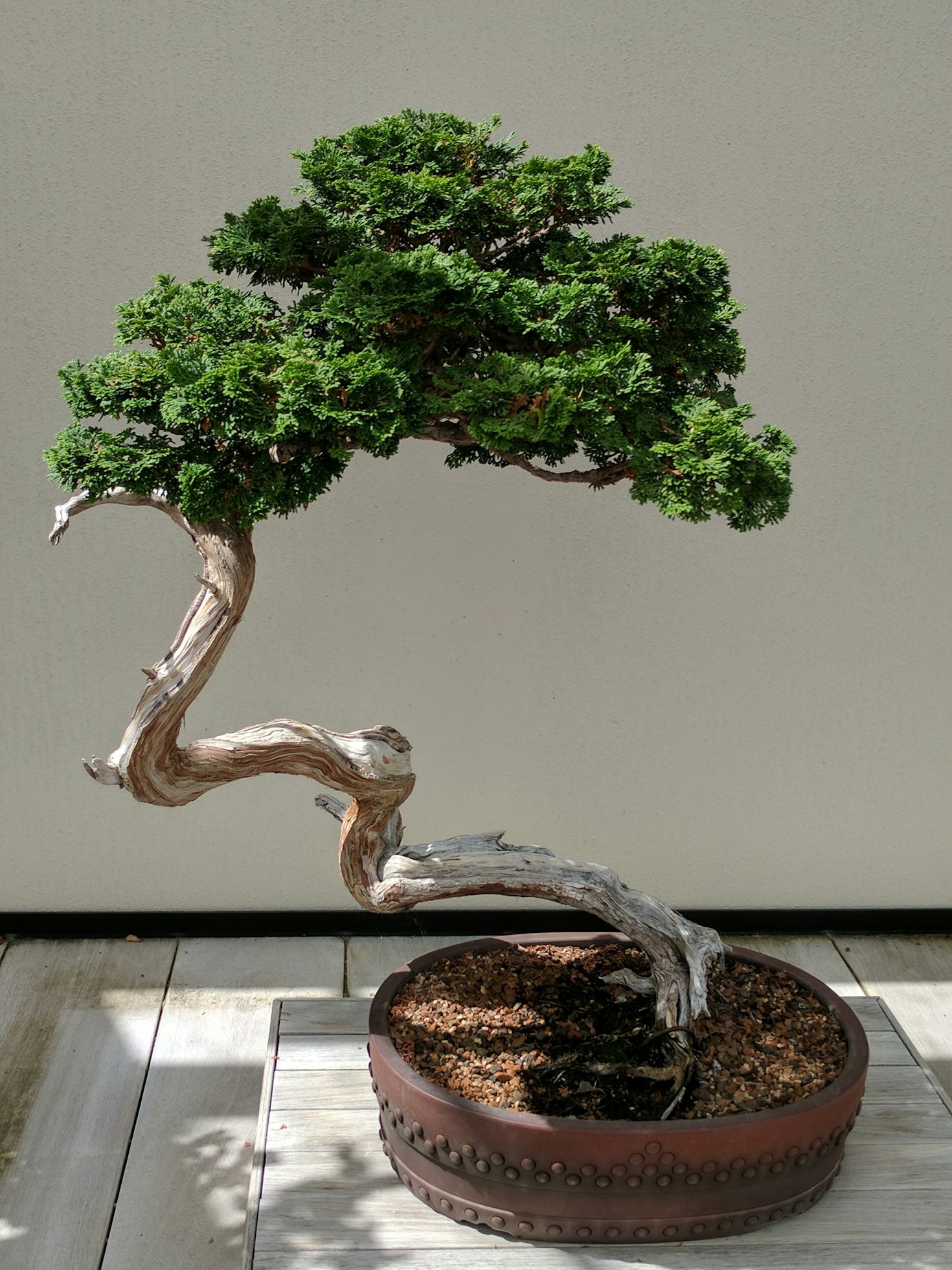You want to buy a bonsai tree, don’t you? Great, because this page will give you useful guidelines to help you to do the job better.
Generally, you might want to buy a bonsai tree for several purposes as follows:
- For decoration or as a gift – That’s not so complicated since you don’t care to dive into learning for years about the living art. All you need to do is choosing and buying a proper tree. It’s even better if you knowing some basic techniques like watering, fertilizing.
- To start your first bonsai tree and continue later on – That’s quite new feeling as it start your new hobby, and you might also want to learn how to start a bonsai.
- To enrich to your bonsai collection – In this case, you are likely an experienced bonsai hobbyist. Perhaps, this page is not written specifically for your sake, but I hope you still find some useful information here. And, if you’re willing to share your purchasing experience, it’s even much better for other visitors.
To buy a bonsai tree, buyers should be interested in below factors: bonsai price, choosing bonsai stores, choosing trees, and some other tips. So I’m going to discuss those one by one.

Bonsai price
Prices of bonsai trees vary greatly. Prices can be ranged from a few dollars for seedlings to hundreds, thousand, or even millions of dollars for well-train aged masterpieces. Many factors affect the prices of bonsai trees:
- Species – Rare species cost more.
- Age – older trees are usually the more expensive
- Strange style – unusual bonsai styles deserve higher prices.
- Overall bonsai features – These common bonsai characteristics, including root ball, trunk, bark, branches, leaves, flowers, berry, etc.
Choosing bonsai stores
Bonsai stores are an important place to buy a bonsai tree. Other common sources for collecting bonsai include local nurseries, nearby gardens, fellow bonsai enthusiasts, and propagation.
For better choosing bonsai stores, you can read more about how to choose good bonsai stores, be it online shops or offline retailers.
Choosing bonsai trees
A vital factor to choose a proper bonsai tree is thorough research. If you are a bonsai novice, you might see how to choose beginner bonsai trees. If you are an experienced individual, below tips might help you have better purchase.
Trees should belong to desired species and has good visual balance in general.
Species – Make sure you have enough options of stores and species to select.
Trunk – Trunk is the most eye-catching part of a bonsai tree. So, it should deserve special attention in selection process. It’s worth noting that it is nearly impossible to bend a trunk once it reaches a certain thickness, so it is better to choose the shape of the trunk when buying it.
A beautiful trunk should be thicker at the base (stem), gradually tapers toward the top. Also, bonsai trees often look older than they really are when they have a thick, warty, rugged, and gnarly trunk.
Branches – branches should be distributed evenly, low on the trunk. The second branch should reach towards the opposite side to the first. There should be no crossed branches, and branches should grow smaller in width and size as they move up the tree. The branches should never be so thick that they block the trunk from view completely.
Foliage – Check the condition of the foliage; the leaves or needles should be dense, glossy, and bright with no shriveled or dried-out areas.
Root – you need to check and make sure the root system is in good and healthy condition. The upper roots of the plant should be partly visible, radiating out from around the tree’s base, and anchored securely in the container. Those roots are called “Nebari” or surface roots, which provide a bonsai with a well-balanced appearance.
Other tips
- Determine which location you intend to place the tree, in balcony, yard, or in your house, office. Depends on chosen location, you can buy a bonsai tree which can be grown indoors or must be outdoors. This is important when deciding to buy a plant, because some species are not suitable for growing indoors, e.g. Those need sufficient natural light, temperature, humidity, etc.
- Check whether the sizes and shape of the pot match the tree size and type. If possible, see whether the root is pot-bound. Look at the drainage hole at the bottom of the container. If you see roots peeking through the hole, the tree likely hasn’t been repotted for pretty long time. In that case, you might want to find another tree, unless you’re able and willing to re-pot it after the purchase.
- Be careful with poisonous trees. Those can be really harmful if you or your beloved ones accidentally eat leaves or berries.
Hope that with above tips you can buy a bonsai tree simply and comfortably, and don’t forget to share with us your buying experience in below part.

